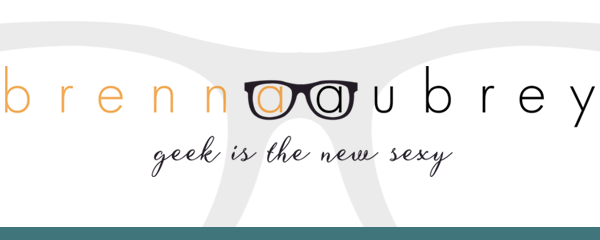I started out writing Fantasy. Pure Fantasy. Swords and sorcery and… well actually if I go even further back I started out at the ripe age of twelve writing poems. Some people think in pictures. I have always “seen” and “heard” my thoughts as words. Words that form pictures, concise and succinct. Words that paint colors and punch snapshots of emotion. It’s hard to explain. But for me, when a poem came to me, I always got a sort of “feeling” –it was a tingly sort of prickly feeling at the back of my throat and behind my eyes. It’s like I’d feel it coming “on” (not unlike the feeling of a migraine or attack of bersitis about to come on). The poem would “appear,” almost leaping off my fingers. Almost as if I hadn’t written it at all. Almost as if I was plucking some formless shape from the ether and giving it form, words, colors, emotions.
Writing poems kept me sane during some of the darkest times of my life. I called them “naked pictures of my soul” because they exposed my inner emotional workings like no other form of art could. I suspect it is much like this for visual artists. Whenever I started to create I could never see the entire “thing” I was creating until the end.
Writing fiction creates a little more distance than I had with poetry. I can “shield” the rawness in fiction. But kernels of those inner workings still emerge. I’ll often sit back and wonder, “Where did THAT come from?” Creation is strange like that.
More to the point, why the switch from poetry, to longer fiction: first fantasy, and then historical romance? My first work of long fiction centered around a character named Synna. I started out writing her “history” and somewhere along the way, her story evolved into an epic fantasy that would have stretched volumes, had I written it all out (three volumes exist in a fairly primitive state now and are, for now, trunked). When people asked me what I was writing, I’d first say “Fantasy.” When I got a blank stare, I’d elaborate: “Think LORD OF THE RINGS meets PRIDE AND PREJUDICE.” They’d quirk their brow, intrigued.
It was the best way to describe the Synna story. Though I could never hope to touch Austen or Tolkien, it gave people a filter to categorize my writing. It gave me a goal to shoot for. It was a novel of manners and relationships against a backdrop of epic Fantasy story lines–good versus evil and the imminent doom of the world and all that good stuff.
So why romance? It kind of snuck up on me. (And yes, I know that ‘snuck’ is not proper usage, but it’s such a great word). I’ve been a Jane Austen fan since college when I first read “Pride and Prejudice.” Her work is the precursor, in my opinion, of the modern romance novel. Her novels are about relationships and the growth and development of characters as a result of finding true love. They are about the happily ever after. Every one of Jane Austen’s novels ends with a wedding or proposal.
Romance, for me, is about what it provides for the reader. It is not unlike Fantasy in the respect of feeling a need for escape. A romance novel immerses a reader in another world, governed by it’s own rules, encased in boundaries so-defined by the author and peopled by characters that are real people. Characters that could be your friend, your cousin, yourself.
The romantic element in literature is so ingrained that rarely a popular piece of fiction (whether in novel, cinematic or other form) does not have a love story somehow involved or attached to it. Romance is important. Love, desire, hope are all facets and parts of feeling human. They soften the hard parts of the world and make it easier to live in. I’m waiting for the study that shows that reading a romance novel releases the same amount of endorphins in the brain as eating a good piece of chocolate.















